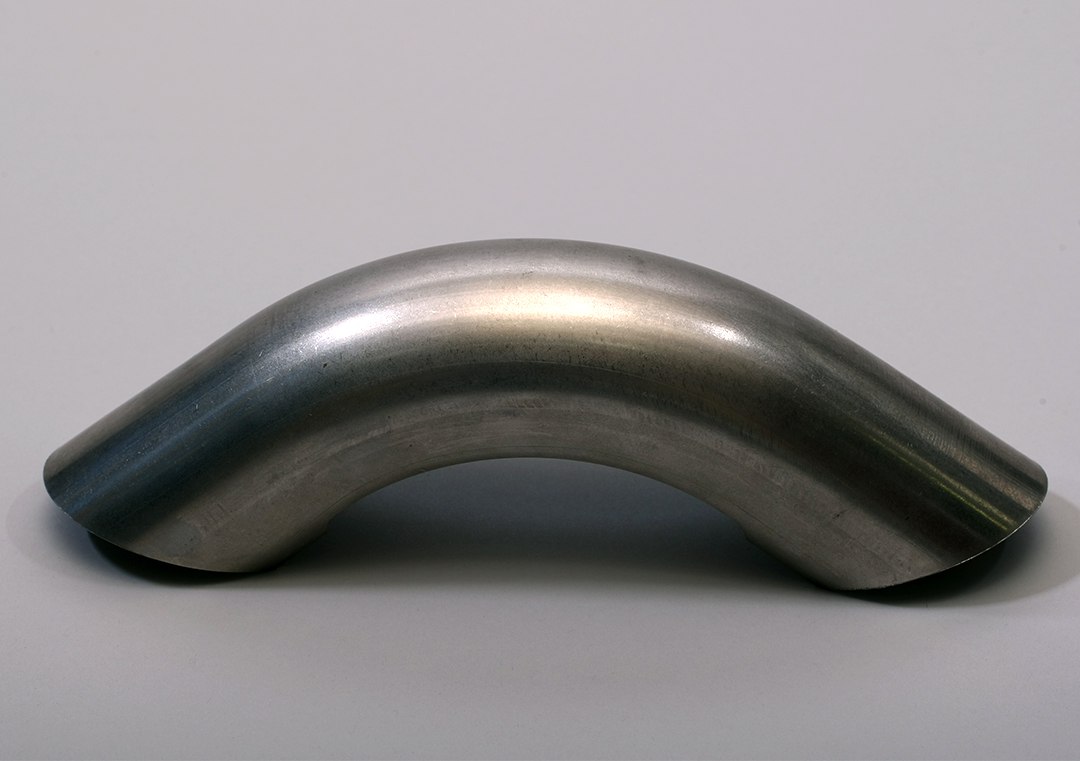As we mentioned in our earlier Material Requirements posts on aluminum and stainless steel, Estes focuses on identifying which material to use from the beginning. Often, customers have already clearly documented their material needs, but there are times when the material needed is uncommon, unclear, or absent from our customer’s request. In the rare case that this occurs, we are happy to help customers identify the best possible materials to meet their needs. The focus of this post is on carbon steel.
Carbon Steel
One thing to note about Carbon Steel is that it ALWAYS starts as Hot Rolled. When it is rolled into sheets it can either remain hot rolled or change to cold rolled. Cold rolled means that the steel is rolled to its final dimensions below the recrystallization temperatures.
Cold Rolled Steel
When carbon steel is cold rolled, it tends to become a bit more brittle than when it is hot rolled. The extra brittleness is of little consequence to most fabricating processes, though hemming operations could be affected. Cold rolled steel can be laser cut or punched.
Hot Rolled Steel
Hot rolled steel is a better forming steel that is usually cheaper than cold rolled steel. It is not as clean as cold rolled and has a black residue. Hot rolled steel can be laser cut or punched.
Hot Rolled Pickled and Oiled Steel
The Pickled and Oiled option is the same as hot rolled steel, with the one difference being that the steel runs through a bath of pickle liquor that contains strong acids. The bath helps to clean the material and prevent rust. Hot rolled pickled and oiled carbon steel can be laser cut or punched.
Coated Steel Products
Coated steel products reduce the possibility of corrosion.
Aluminized, Galvanized, and Galvannealed are all offered as coated steel products. Laser cutting galvanized can leave a drossy edge, as the coating is melted during the cutting process and then rehardens on the bottom edge of the material. All three materials form the same, but it is best not to paint the Galvanized.








